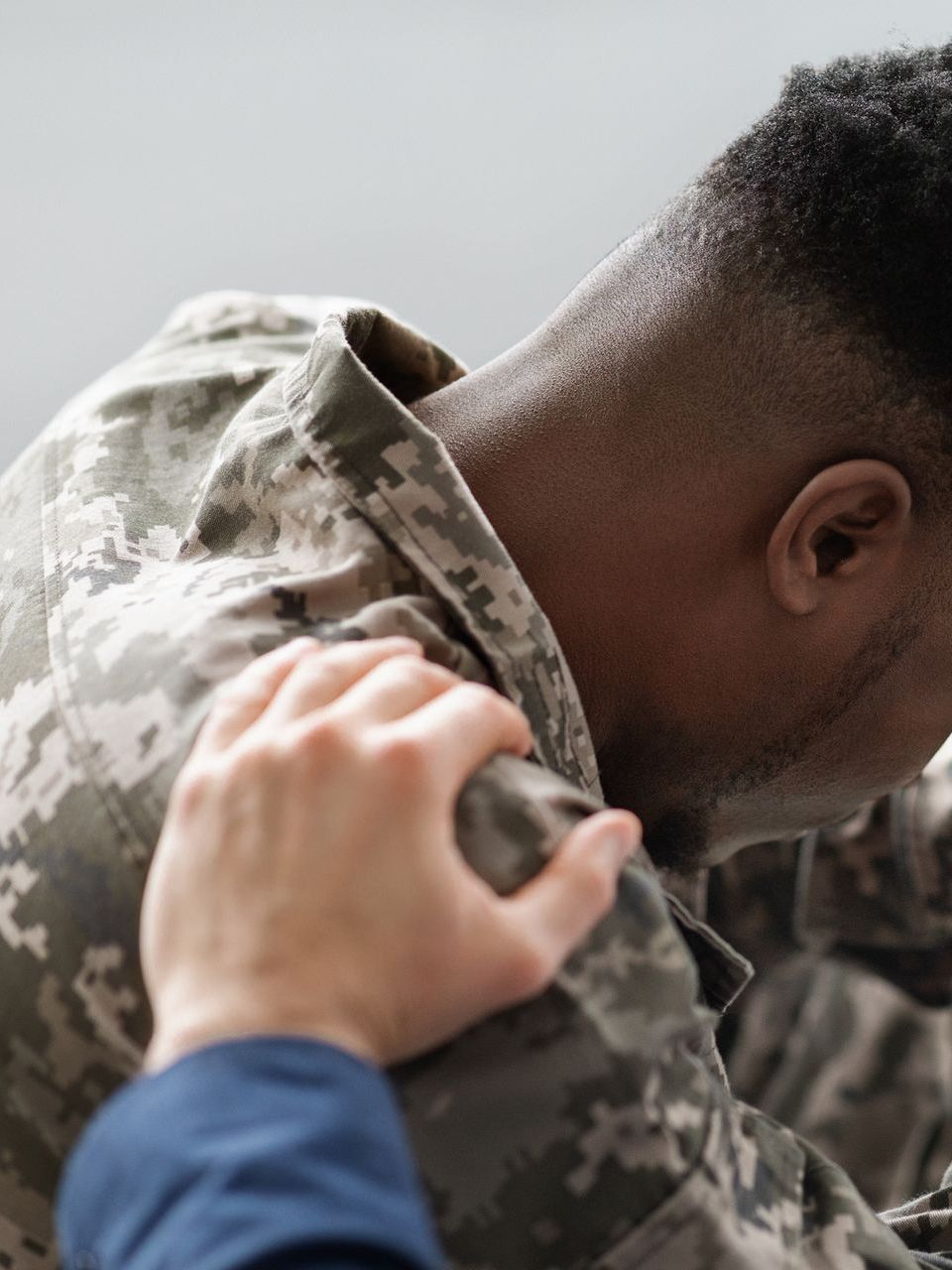Navigating the VA disability claims process can be complex, and proper documentation is essential to ensure that PTSD is recognized as a service-connected condition. Martin and Lerda provides:
- Assistance in gathering medical records, service records, and witness statements to support a PTSD claim.
- Legal guidance in submitting a fully developed claim (FDC) to streamline the VA review process.
- Collaboration with mental health professionals to provide medical evidence of PTSD.
- Personalized representation to ensure veterans receive the correct disability rating for their condition.




